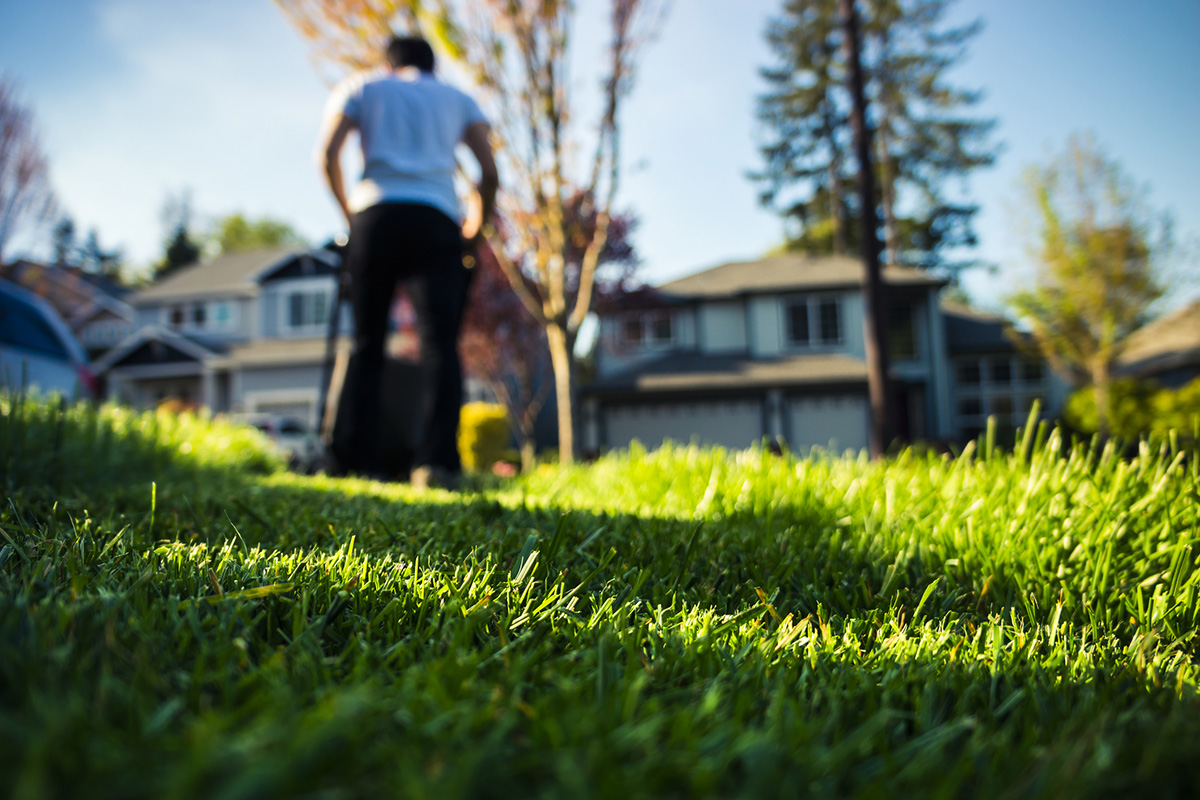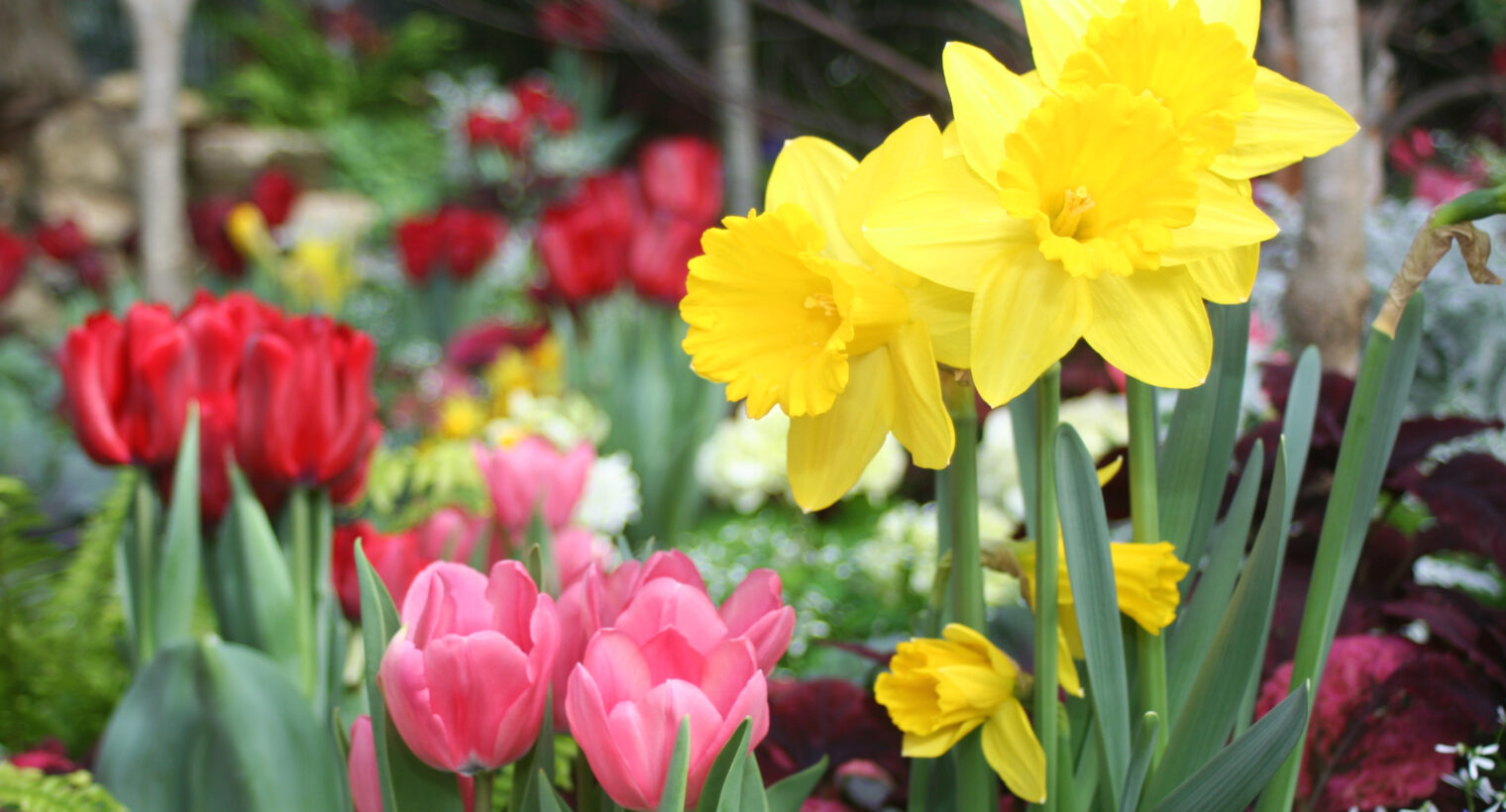By Sally Cunningham
_________________________________
Here are answers to the most-asked questions about spring-flowering bulbs.
Care for all flowering bulbs
The principle is the same for all bulbs. They need to grow leaves to take in sunshine to produce the bulb and roots below-ground in order to reproduce a flower for another year. That is to say: DON’T CUT OFF THE LEAVES AFTER THEY FLOWER!
Whether tulips, daffodils, crocuses, hyacinths, alliums, or the rest, when the flowers finish: Cut the flower stems off down low, but let the leaves grow until they turn yellow and brown. (After that, mark the area with sticks or something that shows you where they are so that you don’t walk or plant on top of them.) Now is a good time to add a “bulb-booster” type of fertilizer if you wish. Or just add some compost or the Garden Soil product, Big Yellow Bag (sold by Lakeside Sod.)
Deer and rabbits chew on tender bulb shoots and buds, so figure out how to fence the plants or repel the animals (Milorganite, dryer sheets, Deer-Off and similar repellants. Always vary them to keep the critters surprised). Or just plant mostly Daffodils, Camassia, Hyacinths, Alliums, and the few smaller bulbs the mammals don’t bother with.
Frequent Questions and Notes for Beginners
“I bought a pot of flowering tulips and they’re dying now. Can I keep them in the pot for next year?”
No, they aren’t houseplants, and need to be planted outside to grow and then go dormant and experience. You can usually plant them successfully now, letting them grow as long as the leaves are green. (In another season I will write about “forcing bulbs” for indoor flowering.)
When can I buy more bulb flowers, and can I keep them going for summer?
In this region, the bulbs that flower in spring are planted in late summer or early fall. Shop in garden centers or see quality bulb catalogues such as Brent and Becky’s or Color Blends. Some kinds of bulbs (or tubers) do flower in summer and can be planted in spring, such as lilies (Lilium).
How to plant bulbs: We’ll cover this in late summer.
Daffodils (Narcissus)
It was a great season for daffodils (although that’s true of most years here. In WNY yards, the more daffodils, the better!) The bright flowers last longest when nights stay cold, and they benefit from lots of rain (unless it flattens them). Deer and rabbits do not like them, and they increase year after year, even in imperfect clay-heavy soil.
Tulips
However beautiful, I don’t plant many because of the animals in my natural areas. If you do, tricks that may help:
- Surround them with strong-smelling Alliums, and lots of other nasty-smelling things on the market, mentioned above. Planting tulips in the midst of many daffodils may protect them.
- Use barriers such as chicken-wire tunnels over them until you want to uncover them when company is coming. Inexpensive plastic laundry baskets turned upside down over them can deter the animals for a while. (I use this trick also for hostas and daylilies.)
_________________________________
Sally Cunningham is a horticulturist and former Master Gardener, through Cornell Cooperative Extension, and a CNLP (certified nursery/landscape professional) through the wNY Nursery and Landscape Association. She is author of Great Garden Companions (Rodale Books) on organic gardening, Buffalo-Style Gardens (St. Lynn’s Press), and has provided decades of garden writing through The Buffalo News. Buffalo Spree Magazine, and many Rodale Books and Yankee Publications.
_________________________________


